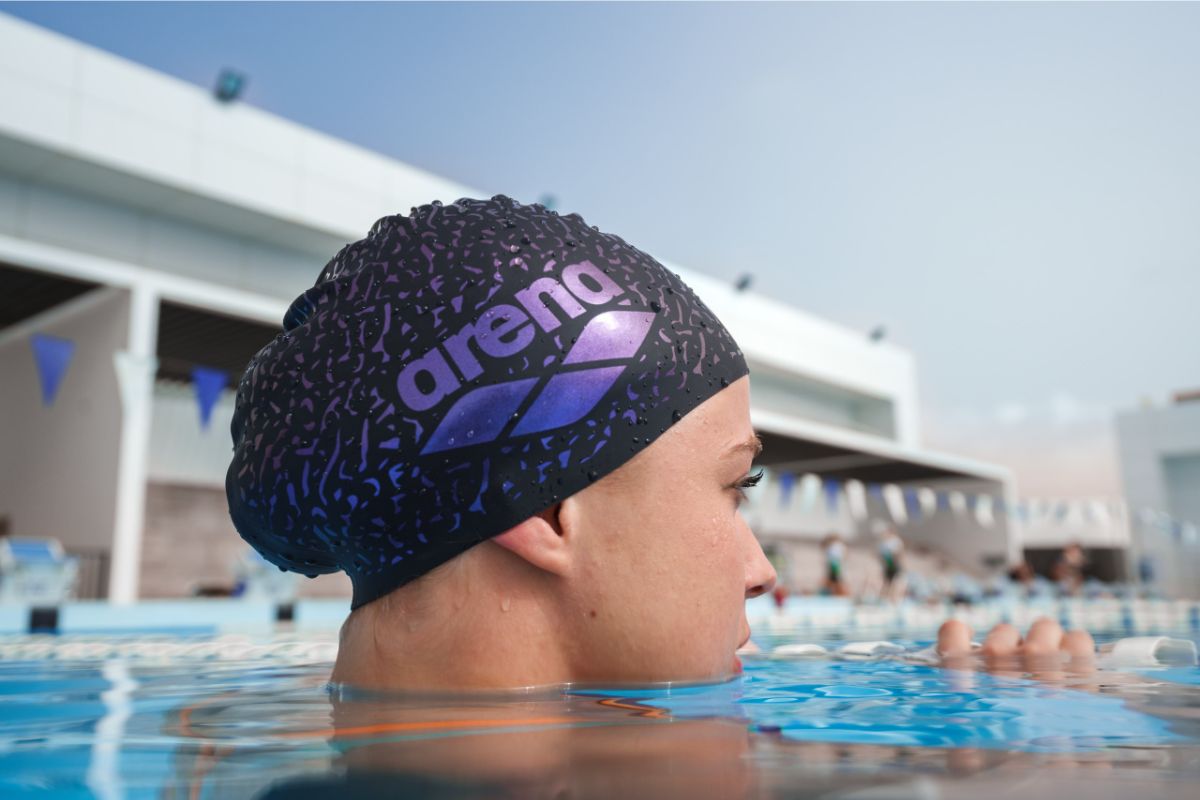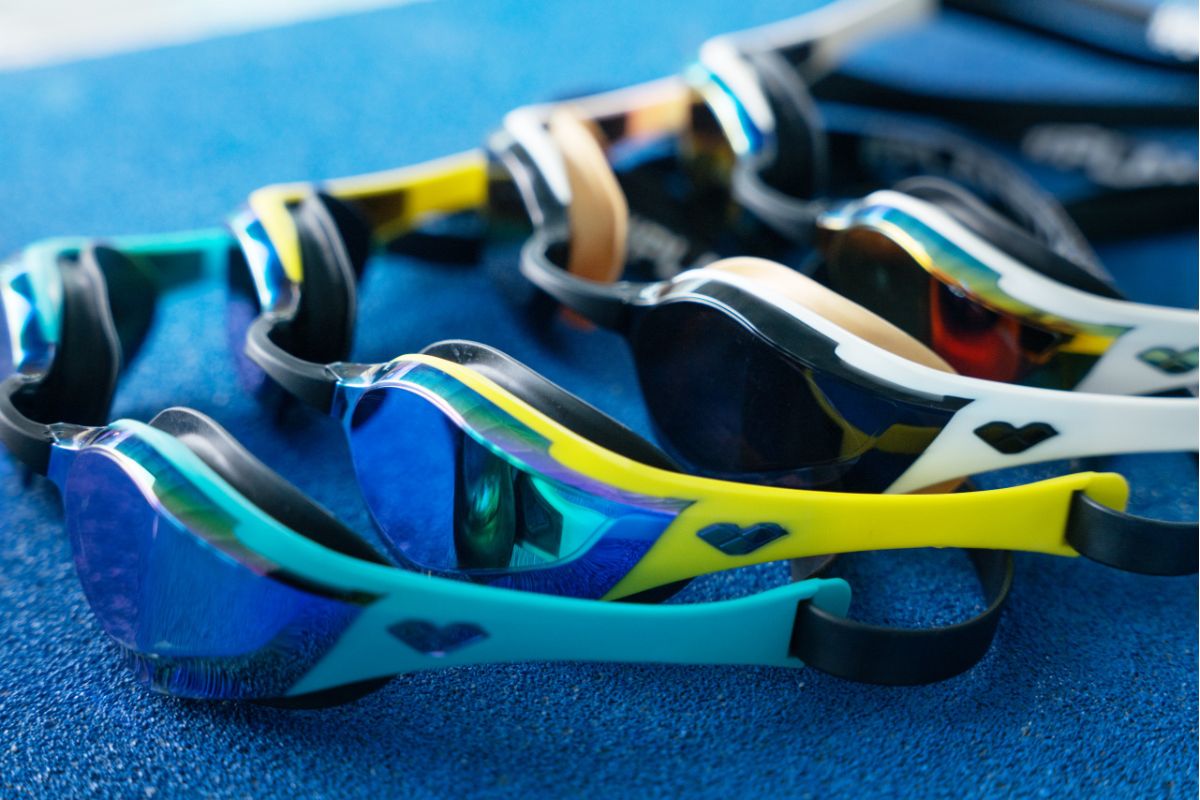Wearing a swim cap isn’t just about looking the part—it’s essential for performance and protection. A good cap keeps your hair out of your face, reduces drag, and helps protect your hair from chlorine. But if you’ve ever struggled to get one on without catching strands or causing breakage, you’re not alone.
Here’s how to put on a swim cap the SwimExpert way—comfortably, quickly, and without hair-pulling frustration.
Step 1: Wet or Condition Your Hair First
Swim caps, especially latex and silicone ones, can tug at dry hair. To make things easier, wet your hair before putting on the cap or apply a small amount of leave-in conditioner. This adds slip, making the cap glide on more smoothly while reducing friction—and potential breakage.
Pro Tip: Wet or conditioned hair also helps your cap last longer by minimizing stress on the material.
Step 2: Secure Long Hair Low and Tight
If you’ve got long hair, gather it into a low bun or twist it close to your head. A bulky top knot will make the cap harder to fit and may create uncomfortable pressure points. Keeping your hair low and compact helps the cap sit evenly and stay secure.
Step 3: Stretch the Cap—The Right Way
Using both hands, place your fingers inside the cap and stretch it wide. Lower it over your head, starting from your forehead and pulling it down over the back. The goal is to create a smooth fit without trapping stray hairs along the way.
Avoid yanking: A slow, steady motion is better than a quick pull that might catch your hair—or tear your cap.
Step 4: Ask for a Helping Hand
Struggling to get your cap on? Grab a teammate or friend. Hold the front of the cap in place while they stretch the back and pull it over your head. This two-person method works especially well for swimmers with thick or curly hair.
Step 5: Choose the Right Cap Material
Not all swim caps feel the same:
-
Latex is thin, tight, and grippy—but it can pull hair more.
-
Silicone is thicker, softer, and gentler on hair, making it a popular choice for training and racing.
-
Lycra/Spandex caps are the most comfortable and breathable, though not ideal for speed or serious lane swimming since they’re not water-tight.
Some swimmers layer a Lycra cap under a silicone or latex cap to combine comfort and function—especially during meets.
Step 6: Treat Your Cap with Care
Swim caps are surprisingly fragile. Always handle yours gently, especially when adjusting it. Use the pads of your fingers, not your nails, and avoid overstretching. A little patience goes a long way in keeping your cap intact and your hair pain-free.
Final Word from SwimExpert
The right technique—and the right cap—can make all the difference. Whether you’re suiting up for a workout, race, or swim lesson, these steps will help you cap up with confidence and comfort. Long hair, short hair, thick or fine—we’ve got tips that work for every swimmer.
Still unsure which cap is right for you? Stop by and ask a SwimExpert. We’ll match you with a cap that suits your swim goals and your hair type.





Leave a comment (all fields required)